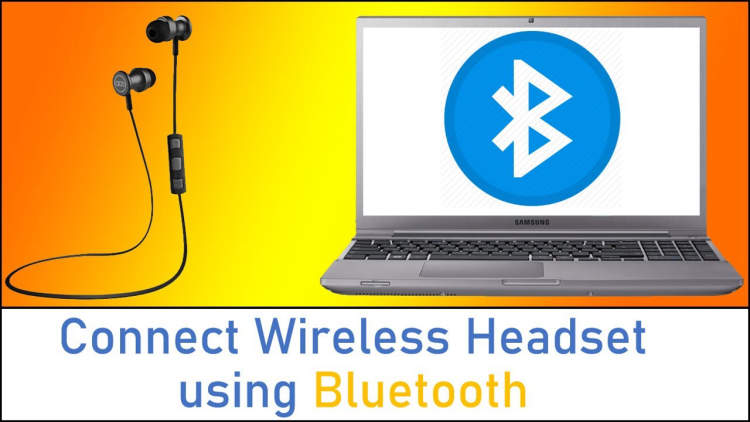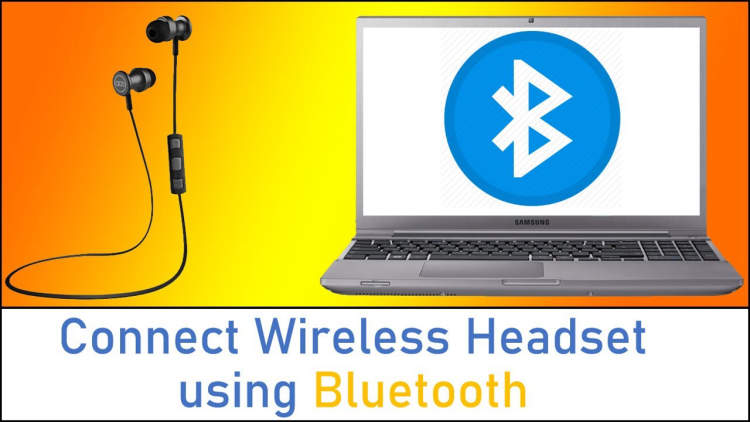Bluetooth technology is widely used for connecting various devices wirelessly, and if you’re wondering how to connect Bluetooth devices to your laptop, you’ve come to the right place. In this article, we will guide you through the step-by-step process of establishing a Bluetooth connection between your laptop and other compatible devices.
Firstly, ensure that your laptop has built-in Bluetooth capability or a Bluetooth adapter installed. Most modern laptops come with built-in Bluetooth, but if yours doesn’t, you can purchase a Bluetooth adapter that plugs into your laptop’s USB port. Once you have confirmed the presence of Bluetooth on your laptop, navigate to the ‘Settings’ or ‘Control Panel’ section and select the ‘Bluetooth & other devices’ option. From here, you can turn on Bluetooth and make your laptop discoverable to other devices. After enabling Bluetooth, you can start pairing your laptop with other Bluetooth devices, such as speakers, headphones, or a smartphone, by following the instructions specific to each device.
Step 1: Enabling Bluetooth on your laptop
One of the first things you need to do to connect Bluetooth devices to your laptop is to ensure that Bluetooth is enabled. Here is a step-by-step guide to enable Bluetooth on your laptop:
- Click on the Windows Start menu and open the Settings app.
- In the Settings app, click on the “Devices” option.
- In the left sidebar, click on “Bluetooth & other devices”.
- Toggle the switch to turn on Bluetooth.
- Your laptop is now Bluetooth-enabled and ready to connect to other devices.
Once you have enabled Bluetooth on your laptop, you can start pairing and connecting Bluetooth devices such as speakers, headphones, or wireless keyboards. Remember to keep your Bluetooth device in pairing mode and follow the specific instructions provided with the device to complete the pairing process.
Step 2: Pairing your Bluetooth device

One of the most common uses of Bluetooth technology is to connect devices wirelessly to a laptop. Whether you want to connect a wireless keyboard, mouse, headphones, or any other Bluetooth-enabled device, the process is usually the same. Follow these simple steps to pair your Bluetooth device with your laptop:
- Turn on the Bluetooth device and make sure it is in pairing mode. This is usually done by pressing and holding the power button or a designated pairing button.
- On your laptop, go to the Settings menu and select Bluetooth settings.
- Toggle the Bluetooth switch to on if it is not already enabled.
- Your laptop will now start searching for nearby Bluetooth devices. Wait for the list of available devices to appear.
- Select the device you want to pair with from the list. Make sure it is the correct device by checking the device name or model number.
- If prompted, enter the passcode or PIN for the Bluetooth device. This is usually provided in the device’s user manual.
- Once the pairing is successful, you will see a notification on both your laptop and the Bluetooth device confirming the connection.
- You can now start using your Bluetooth device with your laptop. Test it out by using the device’s features or functionalities.
Pairing your Bluetooth device with your laptop is a straightforward process that allows you to enjoy the convenience of wireless connectivity. Remember, some devices may have specific instructions or additional steps for pairing, so always refer to the device’s manual for accurate guidance.
Step 3: Troubleshooting common Bluetooth connection issues
If you’re experiencing difficulties connecting your Bluetooth devices to your laptop, don’t worry. Here are some common issues and troubleshooting steps to help you resolve them.
1. Make sure Bluetooth is turned on
Before troubleshooting any connection issues, ensure that Bluetooth is enabled on your laptop. Check the settings menu or look for the Bluetooth icon in the taskbar.
2. Check device compatibility
Not all devices are compatible with each other. Ensure that your Bluetooth devices are designed to work together. Check the manufacturer’s website or user manual for compatibility information.
3. Update Bluetooth drivers
Outdated or incompatible Bluetooth drivers can cause connection problems. Visit the laptop manufacturer’s website or the Bluetooth device manufacturer’s website to download and install the latest drivers.
4. Reset Bluetooth settings
If your Bluetooth devices were previously connected but are now having trouble connecting, try resetting the Bluetooth settings on both the laptop and the devices. This can help resolve any issues caused by corrupted settings.
5. Remove and re-pair devices
If all else fails, try removing the Bluetooth devices from your laptop’s paired devices list and then re-pairing them. This can refresh the connection and fix any underlying problems.
6. Check for interference
Bluetooth signals can be affected by interference from other wireless devices or physical obstacles. Make sure there are no other devices nearby that may interfere with the Bluetooth connection. Also, keep the devices in close proximity to each other for a stronger signal.
7. Restart your laptop
Sometimes a simple restart can fix Bluetooth connection issues. Restart your laptop and try connecting the devices again.
By following these troubleshooting steps, you should be able to overcome common Bluetooth connection problems and enjoy a seamless wireless experience with your laptop.
Conclusion
Connecting Bluetooth devices to your laptop is a convenient way to expand its functionality and wirelessly connect various peripherals. By following the simple steps outlined in this article, you can establish a seamless connection between your laptop and Bluetooth-enabled devices.
Firstly, ensure that your laptop has Bluetooth capability by checking the device settings or consulting the user manual. Once confirmed, activate Bluetooth on your laptop and the device you wish to connect. The next step is to pair the devices by entering the provided passcode or verifying the pairing request. Finally, you may need to install any necessary drivers or software to optimize the connection and enable all available features.

